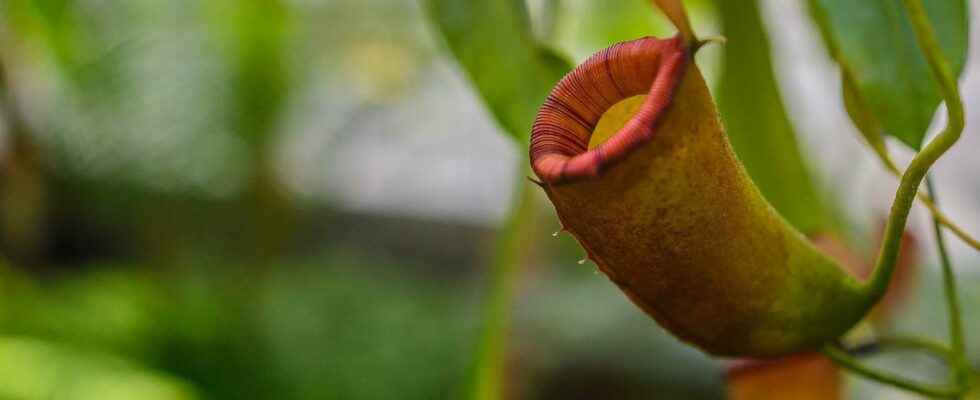There are many varieties of plants in nature, each more fascinating than the next. Plants carnivores have the particularity of attracting, capturing and assimilating their prey, most often small insects and invertebrates.
As a general rule, plants live on water, light and elements drawn from the soil, but carnivorous plants live in poor soils (bogs, swamp or rock faces). Their ability to trap living organisms – small prey, often insects but also invertebrates like worms or slugs, and sometimes even small mammals like rodents – allows them to make up for the lack of nutrients in this type of soil.
The nutrition system of carnivorous plants
Spectacular by their forms, intriguing by their nutrition system, carnivorous plants have more than 700 species. Rapid movement to capture prey, pitchers, glue traps, sticky hairs… each trap is elaborate. It allows them to compensate for the poverty of the soil in which they live. Note that it is possible to cultivate a carnivorous plant in a pot in a poor substrate, by offering it a good brightness and watering with rain or demineralised water.
Carnivorous plants are numerous, some adopt a so-called active trap, others a passive or semi-passive trap. Without wishing to be exhaustive, based on four examples of the best known carnivorous plants, this file shows the different capture methods.
